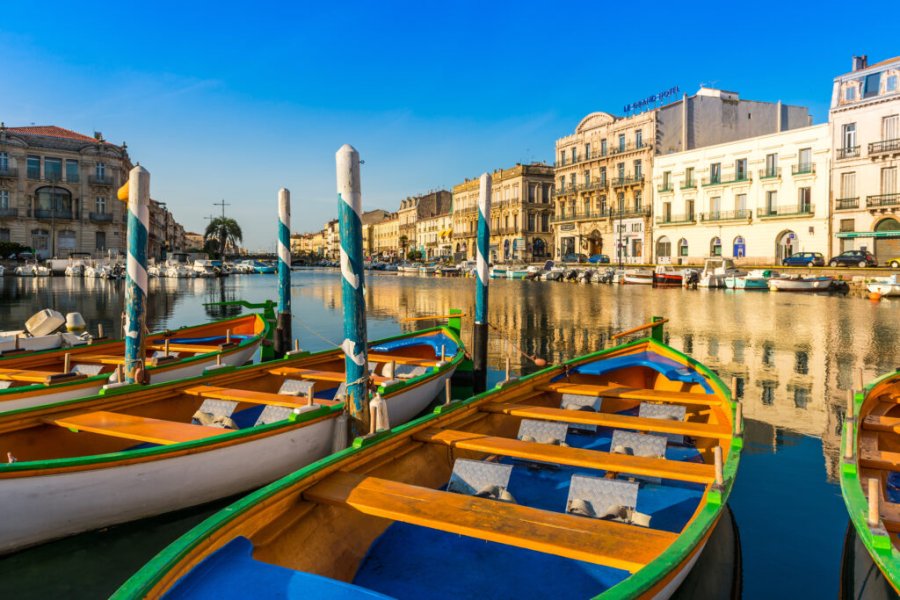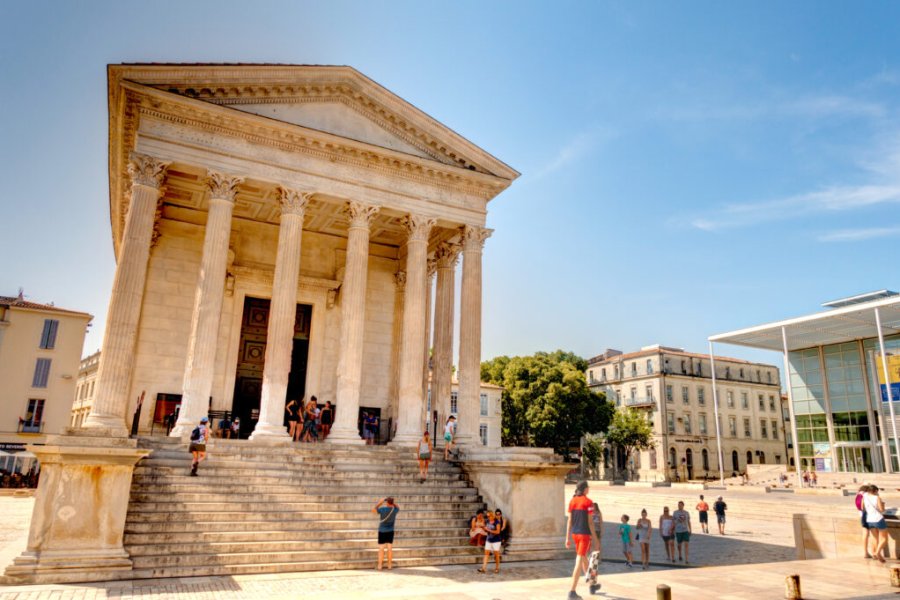Travel Guide Bejar
Find an accommodation
Advertising
Located southwest of the province of Salamanca, this city enjoys a strategic location between two mesetas (plateaux). Which made it a key defensive point. It was conquered by the Arabs in the viiith century and then reconquered by Christians in 1186. A city dependent directly on the royal crown, it is from the xivth century that it will pass under the dependence of the Bejar ducks who will govern it until the beginning of the nineteenth century. In this story, Béjar preserves part of the wall, the Ducal Palace, several churches, the convent of San Francisco and the historic garden El Bosque, a beautiful Renaissance complex dating back to the Renaissance. But it is also its long textile tradition that characterizes the city. A movement triggered by the arrival of the Flemish craftsmen brought by the ducal house to promote its development, mainly linked to livestock farming. And then continued with support for fine draperies. Becoming industrial in the nineteenth and twentieth centuries, this activity culminated in the 1960 s and its decline from the 1980 s to the great crisis of the early 1990 s, which profoundly marked the silhouette of Béjar. Today, this city of more than 13,000 people has been able to convert and bet heavily on tourism as evidenced by the opening of the ski resort «La Covatilla», the cheapest in Spain, the establishment of numerous hiking trails in the Sierra de Bejar or along the old railway track. and the opening of the textile museum. We will gladly take it to the discovery of its antiguo casco, the small stiffness, and traces of its industry along the river Cuerpo de Hombre.
What to visit Bejar?
Suggested addresses Bejar
Weather at the moment
Advertising
Organize your trip with our partners Bejar
Transportation
Book your plane tickets
Car Rental
Boat rental
Accommodation & stays
Find a hotel
Holiday rental
Find your campsite
Tailor-made trip
Immersion travel
Services / On site
Activities & visits
Find a doctor








